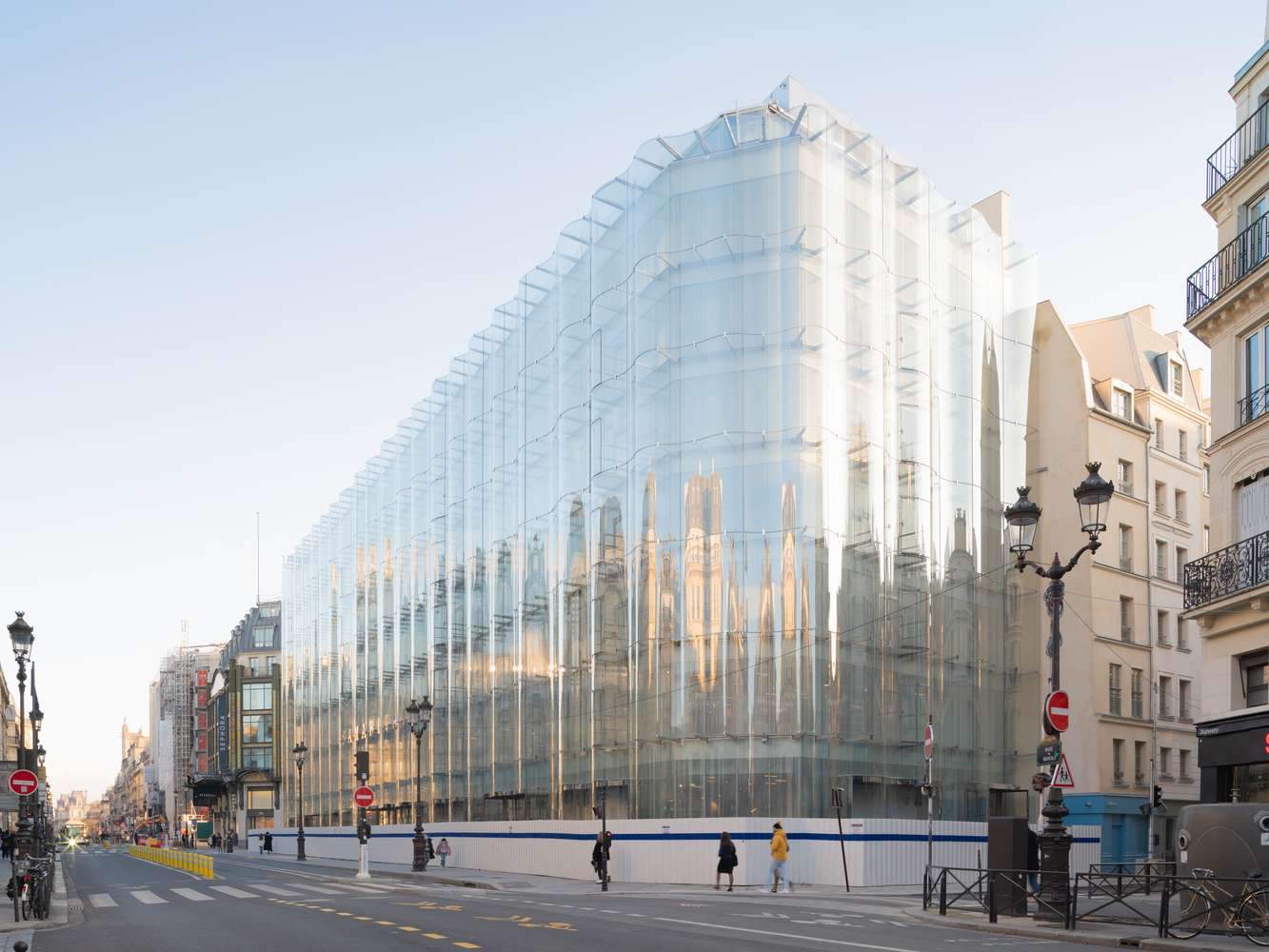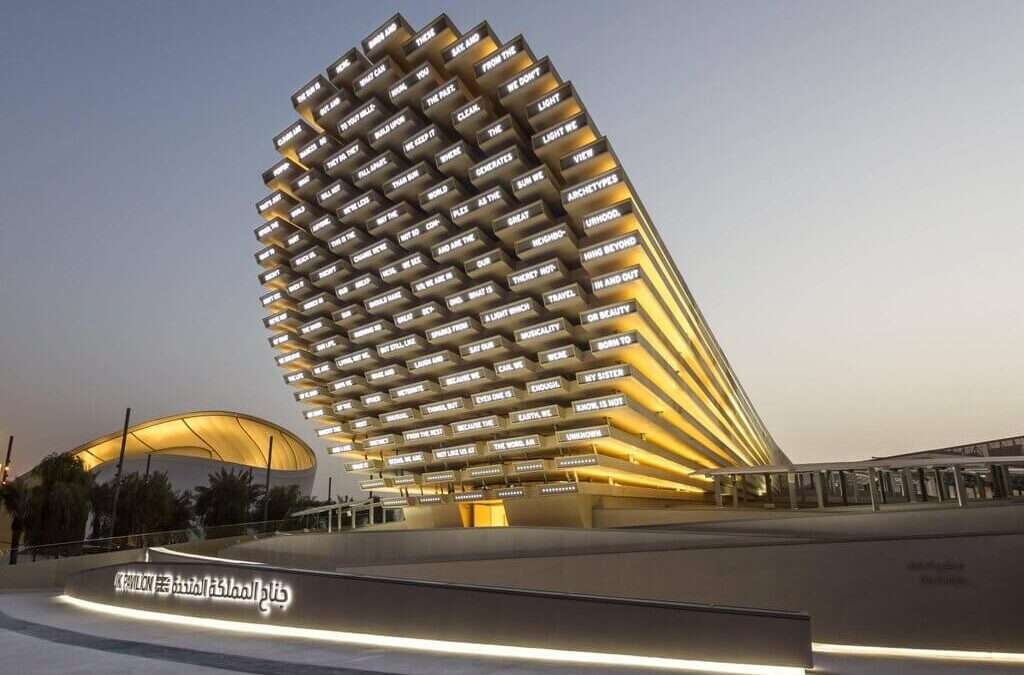Adaptive Reuse Projects by Famous Architects
Adaptive Reuse Projects by Famous Architects,
In the field of architecture and urban planning, continuing interests are the responsible use
and consumption of natural resources and the impacts of the construction industry.
Concepts such as clean panels, mass demolition and the construction of new structures appeared on a large scale.
Nowadays there seems to be a shift calling for new approaches such as recycling,
adaptive reuse, renovations, and making use of what already exists.
In this article, we explore together a selection of projects
and provide a glimpse into the interventions of famous architects in pre-existing buildings.
Adaptive Reuse Projects by Famous Architects
In 2021, the Pritzker Prize was awarded to the French office of Lacaton and Vasal,
an architectural duo, whose work reflects the democratic spirit of architecture
and their empathy for the built and natural environment.
The Lacaton and Vasal projects begin with a deep study of context and surroundings,
and propose interventions that consider many different levels of interaction,
such as cultural, economic, spatial and physical, allowing architects to adopt a nuanced and minimalistic approach.
This results in an architecture that is not focused on aesthetics but looks for functionality
and quality based on a small budget and a simple physical palette.
An example of this is the conversion of 530 housing units in Bordeaux,
as this project emphasizes the restoration of the structure of a building that has been exposed to great danger.
While the rest of the projects seek to enhance the main characteristics of the original design,
change the windows and create balconies, terraces and conservatory.
This intervention changes the quality of the project without major demolition or waste.
Adaptive Reuse Projects by Famous Architects
Yet not every design of pre-existing structures follows this exact approach,
and many great architects have opted for more radical solutions that highlight the intervention,
such as the renovation and expansion of the Harvard Art Museums in Payette and the Renzo Piano Building Workshop,
where the contrast between old and new appears in materials and architectural language.
The result is an architecture where both styles, inside and out, coexist in perfect harmony.
In light of the significant impact of material consumption and waste production on the environment,
it is expected that more and more projects will focus on the adaptive reuse of pre-existing buildings.
This means that many buildings are used for different purposes, which leads to an entirely new problem: adapting the building to its new functions.
So projects of adaptive reuse, whether in historical or contemporary buildings,
lead us to the challenge to think about how we want the new elements to relate to the old structures.
For example, La Samaritaine by SANAA + LAGNEAU Architectes + Francois Brugel Architectes Associes + SRA Architectes consists of the transformation of a traditional French department store into a mixed-use development with commercial, office, residential and daycare facilities.
Making the intervention very clear, direct and seamlessly integrated, SANA Architects have created a very contemporary curved glass exterior
that simultaneously reflects the historical landscape of the ocean, while the old and the new coexist inside.
Along the same lines, the Tai Kwun Heritage and Art Center, modified by Herzog & de Meuron,
is a project that transforms a former 19th-century prison complex into a space for entertainment and culture.
Adaptive Reuse Projects by Famous Architects
The complex is defined and structured by two large courtyards, while two new volumes float tightly over the surrounding granite walls creating distinct but carefully incorporated elements within the fabric of the existing buildings.
The selected projects illustrate how the Pritzker Prize-winning architects have chosen to integrate their designs with pre-existing structures.
Even if it is only using the structure or trying to minimize interference as possible,
adaptive reuse projects mean adapting to new purposes, understanding the site,
the relationship with surroundings and neighbours, existing flows, those you want to achieve materials and volumes, and above all,
choosing either Create a contrast between old and new or to create a gentle and subtle intervention.










